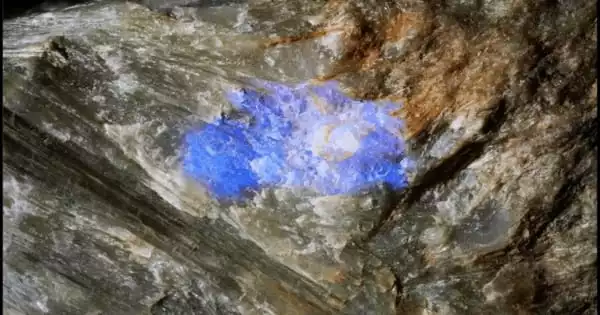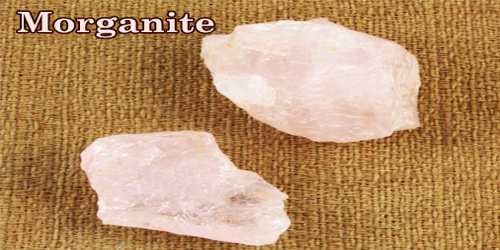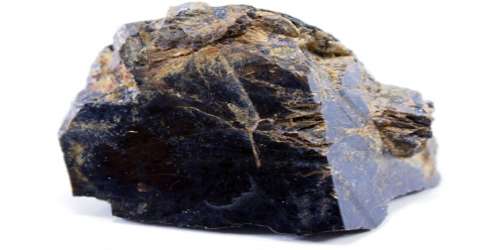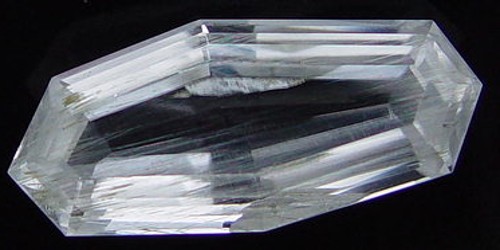Pabstite is a mineral composed of barium, tin, and titanium that can be found in contact metamorphosed limestone. It is a mineral of the benitoite group. Ba(Sn,Ti)Si3O9 is the chemical formula for pabstite. It can be found in the city of Santa Cruz, California. The mineral’s crystal structure is hexagonal. It is found in the Kalkar quarry in California as a filler in cracks and as dispersed grains in recrystallized silicon-rich limestone with signs of contact metamorphism.
Pabstite is difficult and rare to find in the field. The specimens emit blue white fluorescence when illuminated with a shortwave ultraviolet light. This characteristic is frequently used to identify pabstite. It was named after Dr. Adolf Pabst, a former Professor of Mineralogy at the University of California in the United States. It is a rare mineral found only in the United States as well as at some newer localities in Tajikistan and Mexico.
General Information
- Category: Cyclosilicate
- Formula (repeating unit): Ba(Sn,Ti)Si3O9
- Crystal system: Hexagonal
- Crystal class: Ditrigonal dipyramidal (6m2)
- Color: Colorless to white with a pink tinge
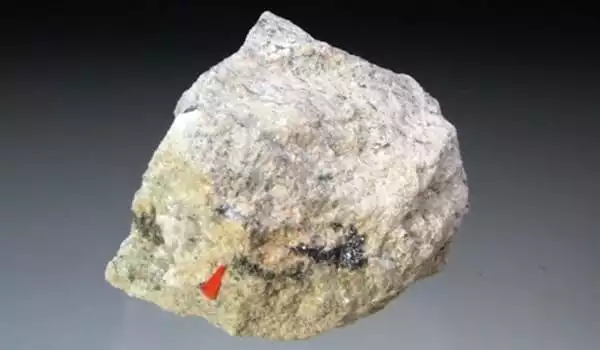
Properties
Pabstite is colorless to white. The diameter of pabstite grains is usually less than 2 mm and they contain minute fluid and solid inclusions. Its hardness is 6 on Mohs scale of mineral hardness. Its density is 4.03 g/cm3 and it is uniaxial. The interference colors of pabstite are anomalous blue-violet and golden yellow.
- Crystal habit: Granular anhedral, rare as crystals showing a trigonal outline
- Mohs scale hardness: 6
- Luster: Vitreous
- Specific gravity: 4.03
- Optical properties: Uniaxial (-)
- Ultraviolet fluorescence: Bluish white under short-wave UV
Structure
Pabstite is thought to be the tin analog of benitoite. It has a P6*2C space group and a hexagonal crystal structure. Pabstite has the mineral structure of the benitoite group. The cations are surrounded by four oxygens in a pseudo-tetrahedral arrangement in the structure of pabstite. By employing space group symmetry, a three-membered cyclosilicate ring (Si3O9) is produced by repeating the tetrahedron.
Geologic occurrence
Pabstite is frequently found as anhedral crystals and masses ranging in color from colorless to white. When they are freshly broken, they have a pink hue. Pabstite was discovered in large quantities as fracture filling and dispersed grains in recrystallized siliceous limestones near Santa Cruz. This is geologic evidence of contact metamorphism. Furthermore, pabstite can be found in Rush Creek in California when benitoite includes trace levels of tin.
It is typically found in rocks containing calcite, quartz, tremolite, witherite, phlogopite, diopside, and trace amounts of forsterite and taramellite. Pabstite is also discovered in association with galena, cassiterite, and sphalerite.
Discovery and locations
Pabstite was first named in 1965 for an occurrence in Santa Cruz County, California’s Kalkar quarry. Adolf Pabst (1899–1990), a mineralogy professor at the University of California, Berkeley, was honored with the mineral’s name.
Pabstite has also been found in Tres Pozos, Baja California Norte, Mexico, and the Alai Range of Tajikistan’s Tien Shan Mountains.
